Salmon is a fish that lives in very cold seas and rivers. Atlantic salmon is the most common species. These salmon have streamlined bodies and fins that offer less resistance to currents. This lets salmon swim upstream very quickly. Salmon are usually a dark color, but they take on bright colors during the mating season. Adult male salmon can be 150 centimeters long and weigh up to 36 kilos. Adult female salmon can be 120 centimeters long and weigh 20 kilos. Salmon are born and live their first few months in fresh water. Newly hatched salmon are around 20 millimeters long. Their internal reserve of fat provides them with nutrition for the first few months of life.
When they have reached about 20 centimeters in length, salmon begin to feed on fish, mollusks, worms and crustaceans. Salmon are carnivores and predators. To catch prey, they use the sharp teeth along their jaws, palates and tongues. Before they are one year old, salmon travel downstream from where they were born to reach the open sea. They remain at sea until they reach sexual maturity. Then salmon embark on the long journey upstream that culminates in mating and reproduction. To reproduce, salmon need a very cold freshwater environment no more than a couple of meters deep. River headwaters usually meet these conditions. Salmon forge their way upstream guided by sunlight and their sense of smell. They cover long distances rapidly, swimming up to 100 kilometers per day, even when they are extremely tired and hungry. At the end of the odyssey, female salmon lay 3,000 to 14,000 tiny eggs. Male salmon then fertilize the eggs. About six months later, the eggs hatch. After the long journey up river and reproduction, salmon are weak and exhausted.
This is why most salmon die during the voyage to open sea. Only a few of these fish manage to survive and repeat the reproduction process a second time. Fresh or smoked, salmon meat is a delicacy around the globe. In many cultures, salmon has symbolic meaning. Because of its life cycle, salmon is an emblem of the return to origins or the search for the source of life. Salmon also represents the energy and determination needed to reach a goal. In Celtic tradition, salmon is a symbol of wisdom. Its task is to protect water sources and it has the power to cure diseases.
When they have reached about 20 centimeters in length, salmon begin to feed on fish, mollusks, worms and crustaceans. Salmon are carnivores and predators. To catch prey, they use the sharp teeth along their jaws, palates and tongues. Before they are one year old, salmon travel downstream from where they were born to reach the open sea. They remain at sea until they reach sexual maturity. Then salmon embark on the long journey upstream that culminates in mating and reproduction. To reproduce, salmon need a very cold freshwater environment no more than a couple of meters deep. River headwaters usually meet these conditions. Salmon forge their way upstream guided by sunlight and their sense of smell. They cover long distances rapidly, swimming up to 100 kilometers per day, even when they are extremely tired and hungry. At the end of the odyssey, female salmon lay 3,000 to 14,000 tiny eggs. Male salmon then fertilize the eggs. About six months later, the eggs hatch. After the long journey up river and reproduction, salmon are weak and exhausted.
This is why most salmon die during the voyage to open sea. Only a few of these fish manage to survive and repeat the reproduction process a second time. Fresh or smoked, salmon meat is a delicacy around the globe. In many cultures, salmon has symbolic meaning. Because of its life cycle, salmon is an emblem of the return to origins or the search for the source of life. Salmon also represents the energy and determination needed to reach a goal. In Celtic tradition, salmon is a symbol of wisdom. Its task is to protect water sources and it has the power to cure diseases.
RELATED
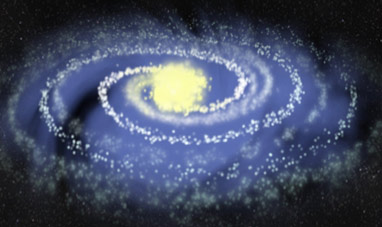

GALAXIES
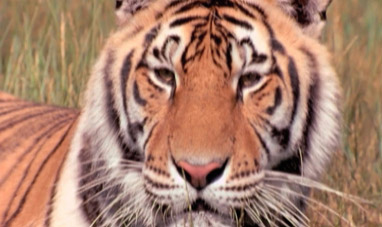

TIGER
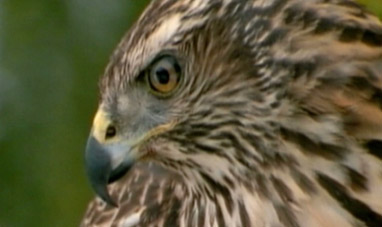

FALCON
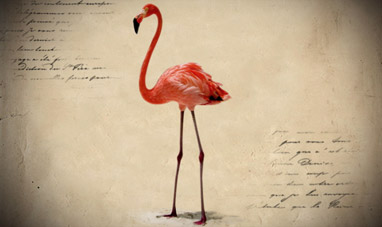

FLAMINGO


GOOGLE
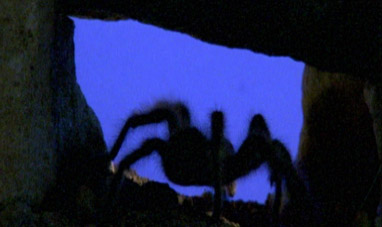

TARANTULA
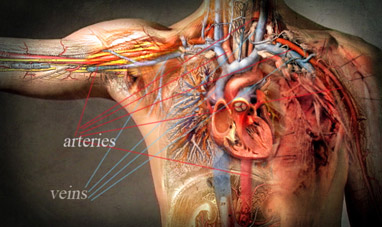

THE CIRCULATORY SYSTEM


CENTRIFUGAL FORCE


FACEBOOK
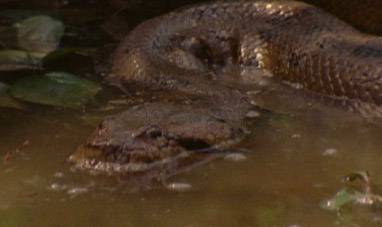

ANACONDA
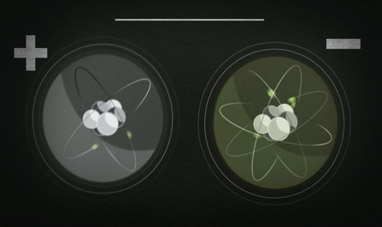

CHEMICAL BONDS
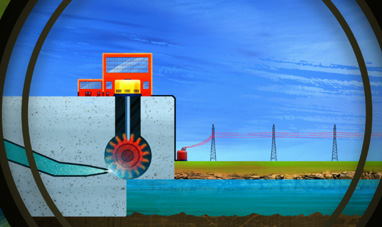

HYDROPOWER
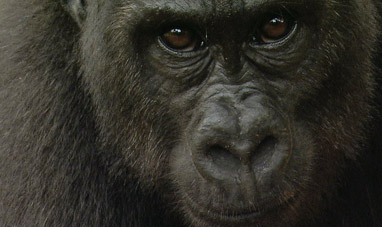

GORILLA
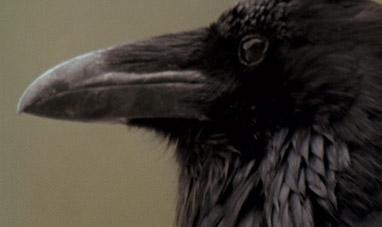

RAVEN
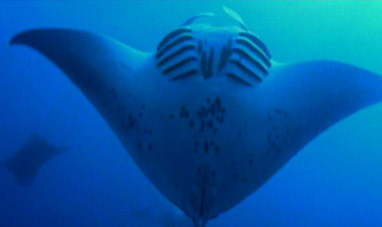

MANTA RAY
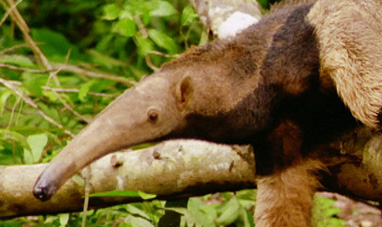

GIANT ANT EATER
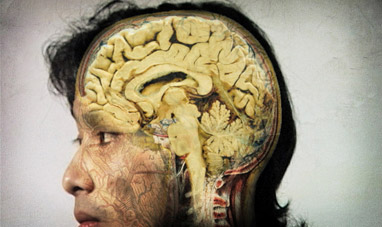

THE BRAIN
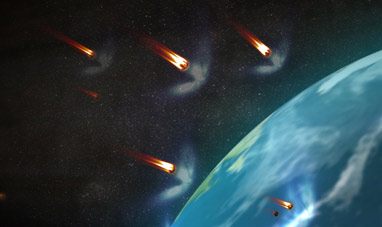

COMETS
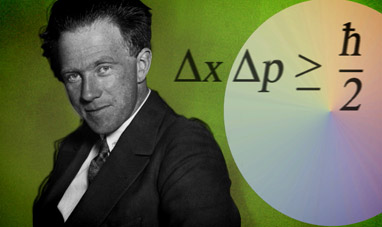

THE HEISENBERG PRINCIPLE
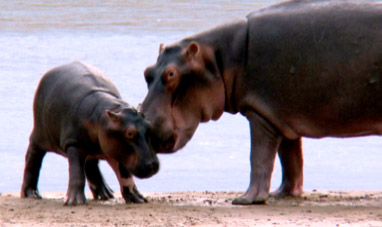

HIPPOPOTAMUS
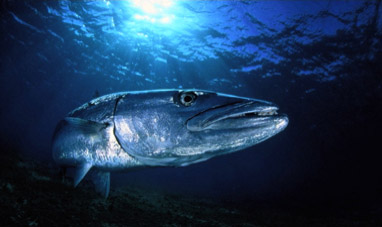

BARRACUDA
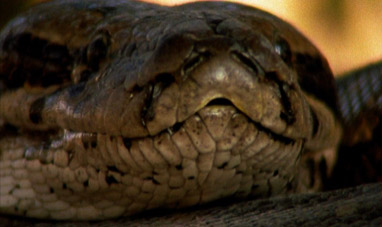

BOA
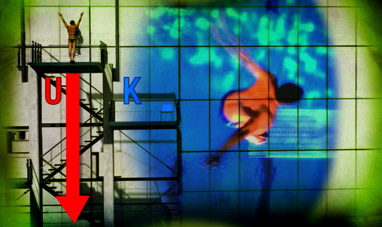

KINETIC, POTENTIAL AND MECHANIC ENERGIES
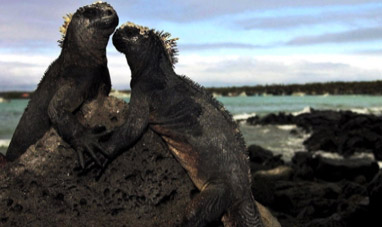

IGUANA
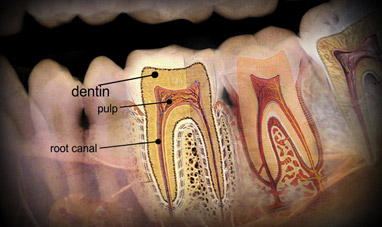

TEETH
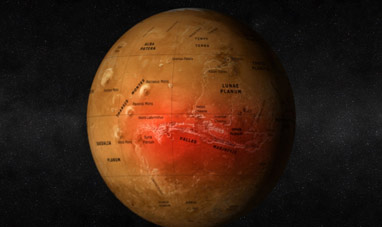

MARS
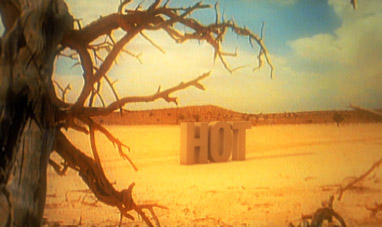

DESERTS
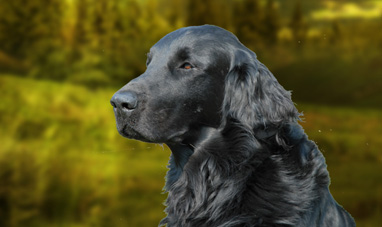

DOG
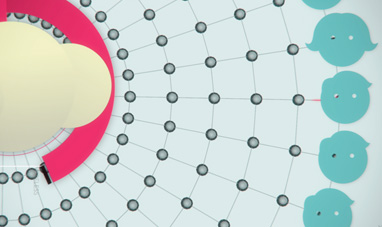

CLOUD COMPUTING
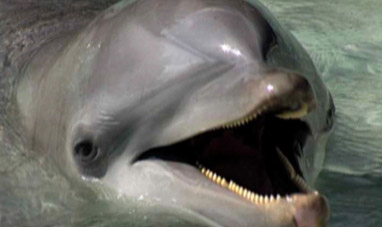

DOLPHIN
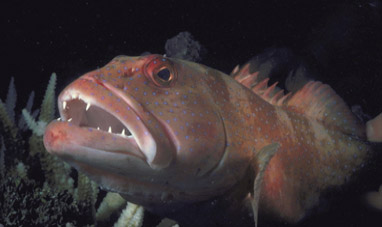

GROUPER
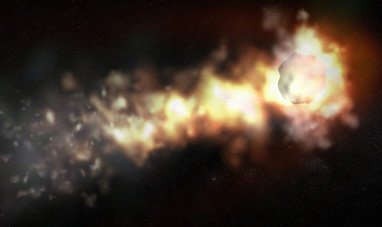

METEORITES
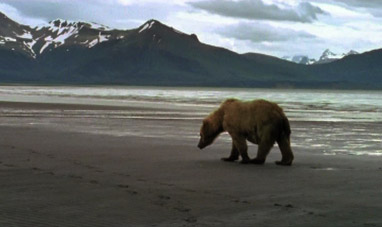

BEAR
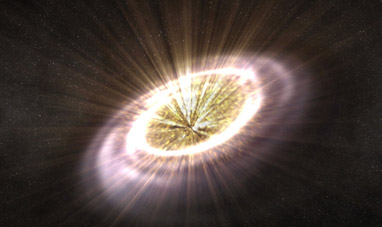

QUASARS
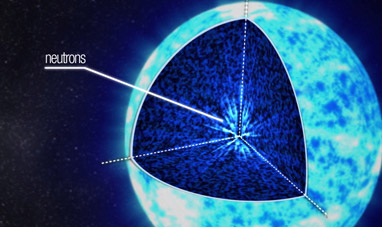

SUPERNOVAS
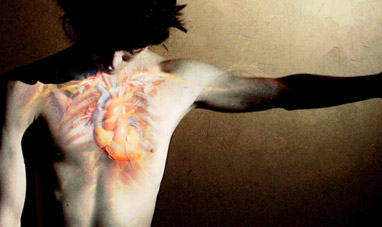

THE HEART
